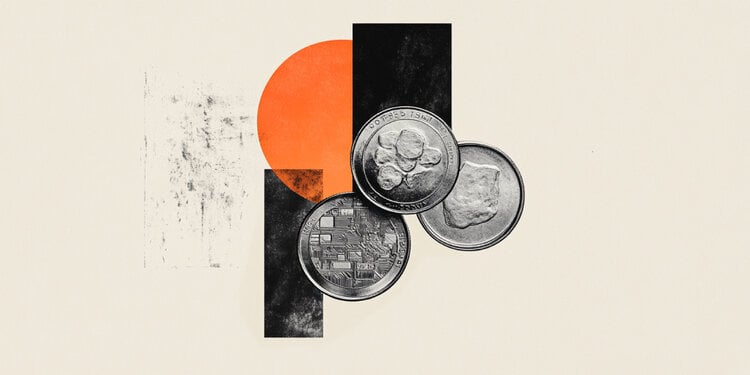- The price of silver attracts some sellers about $ 34,15 in the Asian session on Tuesday, lowering 1.70% in the day.
- The US tariffs about the imported steel and aluminum will double at 50% as of Wednesday.
- The non -agricultural payrolls of the US of May will be observed closely later on Friday.
The price of silver (XAG/USD) faces some sale pressure around 34.15 $ after a maximum of a maximum of almost seven months during the Asian negotiation hours on Tuesday. White metal loses ground due to some benefits in the midst of the decrease in commercial tensions.
A generally positive tone around stock markets weighs on safe refuge assets, including white metal. The president of the United States, Donald Trump, planned to double import tariffs on steel and aluminum, starting Wednesday. The same day, the Trump administration asked its commercial partners to submit their best offers to finish agreements before July 8. However, the bassist potential for the XAG/USD could be limited in the midst of tariff and economic uncertainty.
The US dollar slides down after the data showed that US manufacturing contracted for the third month in May. This, in turn, could help limit the losses of the commodity price called in USD. The purchasing managers index (PMI) US manufacturing fell to 48.5 in May compared to 48.7 previous, the Supply Management Institute (ISM) revealed on Monday. This figure was below the 49.5 market consensus.
The operators will closely follow the publication of the US Employment Report for May later on Friday. This report could offer some clues about the US economy and the interest rates. Non -Agricultural Payroll (NFP) of US shows a 130K employment growth in May, while the unemployment rate is stable at 4.2% in the same period as the report, is expected to show. If the data show a stronger result than expected, this could boost the dollar and undermine the white metal.
FAQS SILVER
Silver is a highly negotiated precious metal among investors. Historically, it has been used as a value shelter and an exchange means. Although it is less popular than gold, operators can resort to silver to diversify their investment portfolio, for their intrinsic value or as a possible coverage during periods of high inflation. Investors can buy physical silver, in coins or bullion, or negotiate it through vehicles such as the funds quoted in the stock market, which follow their price in international markets.
Silver prices can move due to a wide range of factors. Geopolitical instability or fears of a deep recession can cause the price of silver to shoot due to its safe refuge status, although to a lesser extent than that of gold. As an asset without performance, silver tends to climb with lower interest rates. Its movements also depend on how the US dollar (USD) behaves, since the asset is quoted in dollars (XAG/USD). A strong dollar tends to maintain the price of silver at bay, while a weaker dollar probably drives rising prices. Other factors such as investment demand, mining – silver supply is much more abundant than gold – and recycling rates can also affect prices.
Silver is widely used in the industry, particularly in sectors such as electronics or solar energy, since it has one of the highest electrical conductivities of all metals, surpassing copper and gold. An increase in demand can increase prices, while a decrease tends to reduce them. The dynamics in US economies, China and India can also contribute to price fluctuations: for the US and particularly China, its large industrial sectors use silver in several processes; In India, the demand for consumers for precious metal for jewelry also plays a key role in pricing.
Silver prices tend to follow gold movements. When gold prices go up, silver typically follows the same path, since their status as shelter is similar. The gold/silver ratio, which shows the number of ounces of silver necessary to match the value of an ounce of gold, can help determine the relative valuation between both metals. Some investors may consider a high ratio as an indicator that silver is undervalued, or that gold is overvalued. On the contrary, a low ratio could suggest that gold is undervalued in relation to silver.
Source: Fx Street
I am Joshua Winder, a senior-level journalist and editor at World Stock Market. I specialize in covering news related to the stock market and economic trends. With more than 8 years of experience in this field, I have become an expert in financial reporting.





